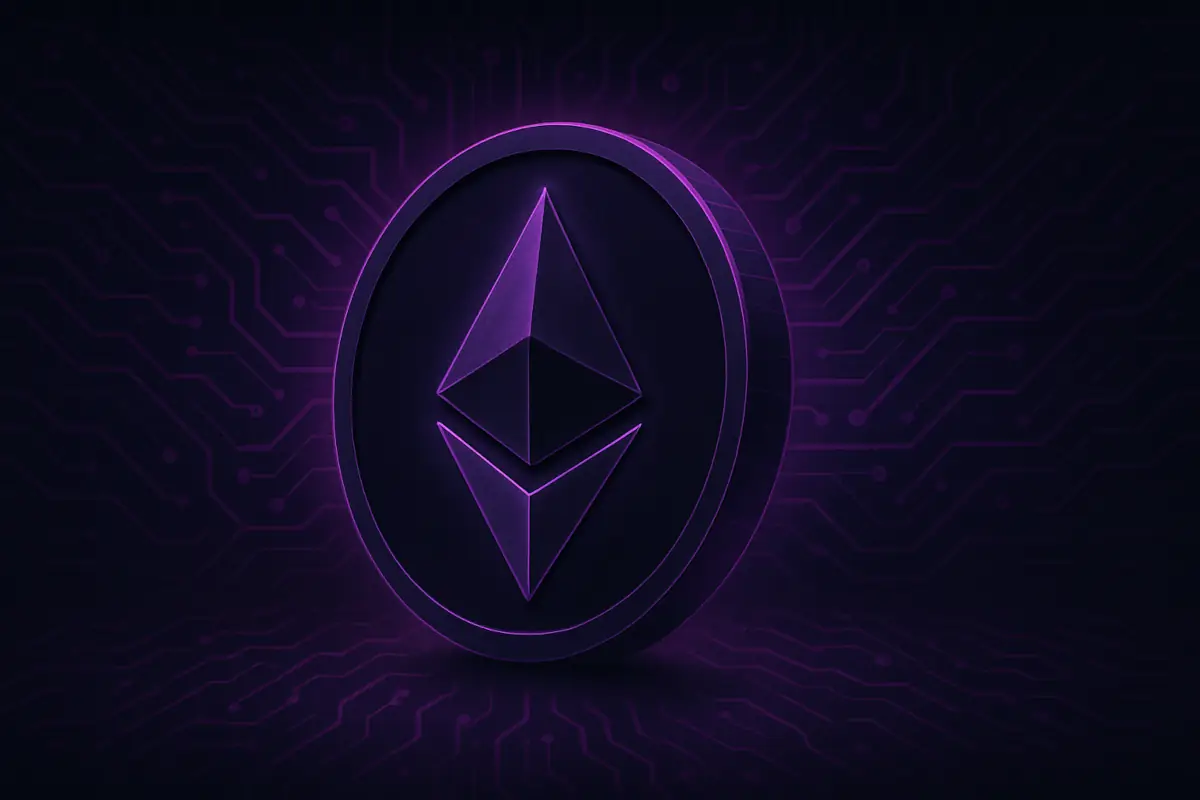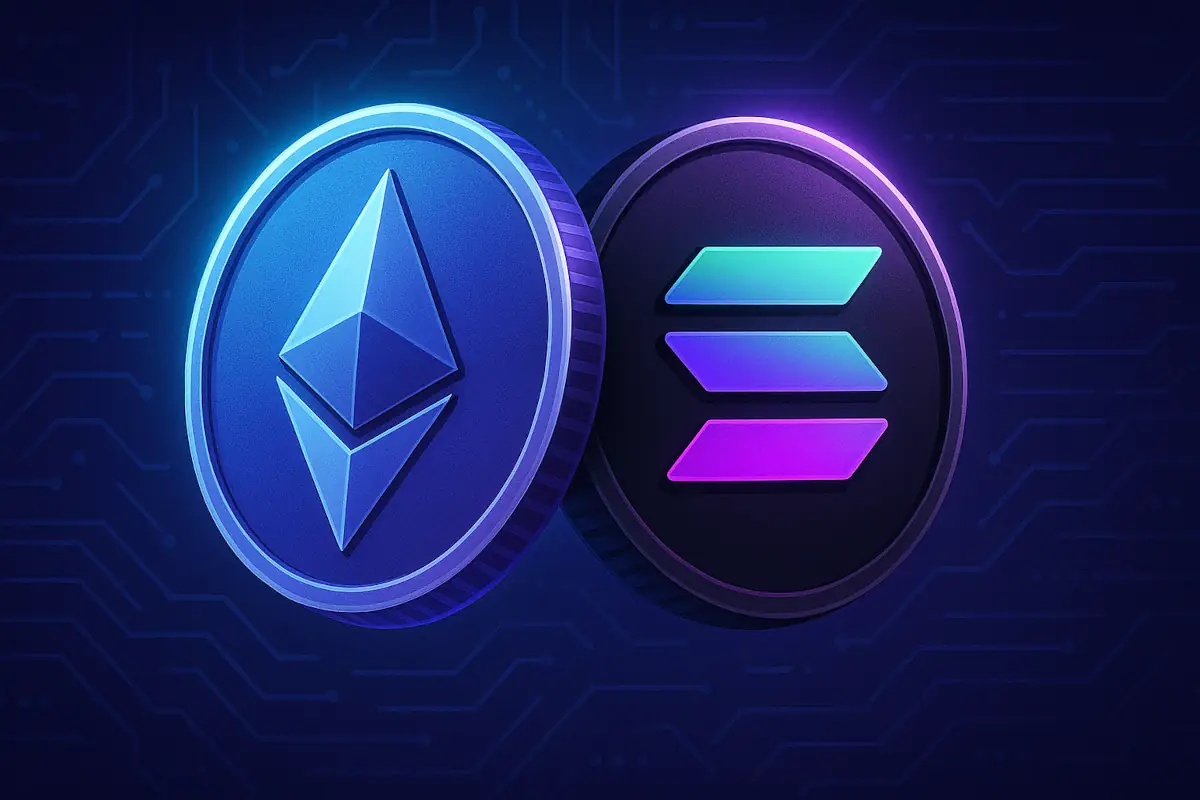Ethereum’s next big upgrade, Pectra, has been put to the test twice – and not everything has gone as planned. Recent issues on the Holesky and Sepolia testnets have forced developers to troubleshoot and rethink certain aspects of the rollout. While these setbacks have sparked concerns, they’re also proving why Ethereum’s testing process is so critical.
Even with these challenges, Pectra remains one of the most important updates for Ethereum in recent years. If successful, it will introduce major improvements that could make the network easier to use, more flexible, and more secure.
Table of Contents
Holesky’s Finality Issue: A Rough Start
On February 24, Ethereum’s Holesky testnet ran into trouble when it failed to reach finality due to a configuration issue in client software. Finality is crucial for Ethereum because it ensures that transactions cannot be reversed, making the network secure and reliable. The problem persisted for nearly two weeks, raising concerns about the stability of Pectra before its eventual mainnet release.
After intense troubleshooting, developers successfully fixed the issue on March 11. The testnet finally reached finality at Epoch 119090 when over two-thirds of validators came back online. This was a major relief for the Ethereum community, as it confirmed that the underlying technology behind Pectra was sound.
Despite the disruption, the Holesky incident highlighted Ethereum’s ability to respond to unexpected problems. It also provided valuable insights that will help improve the mainnet rollout of the upgrade.
Sepolia Attack: A Loophole Exploited
While Holesky struggled with finality, the Sepolia testnet faced a different kind of challenge. On March 5, an unknown attacker exploited an edge case in Ethereum’s deposit contract, causing Sepolia nodes to produce empty blocks. The attacker sent zero-token transfers, triggering an event that disrupted transaction processing.
Ethereum developers quickly responded with a private patch, filtering out problematic transactions. However, they were careful not to publicize the fix immediately, fearing that the attacker might adapt and find a new way to exploit the system.
Although Sepolia’s attack was unrelated to Holesky’s finality problems, both incidents underscored the importance of rigorous testing before a major Ethereum upgrade goes live.
Mainnet Launch Delayed
The setbacks on Holesky and Sepolia have led Ethereum developers to take extra precautions before moving forward with the Pectra upgrade. They have decided to launch a shadow fork of Holesky, which will allow them to continue testing Pectra while ensuring the mainnet upgrade goes smoothly.
This additional testing phase means that Pectra’s final rollout will be delayed , but it also increases the chances of a successful deployment. Ethereum developers are prioritizing stability over speed – something that could benefit the entire ecosystem in the long run.
Update: Developers will launch an additional testnet, and Pectra mainnet activation won’t happen before April 25. We described the details here.
Why Pectra Matters
The Pectra upgrade remains a crucial step forward for Ethereum. Some of its key features include:
- Gas payments in tokens other than ETH – Users will no longer need ETH to pay transaction fees, making Ethereum more accessible.
- Account abstraction – This will improve wallet functionality, allowing for features like social recovery and automated transactions.
- Higher staking limits – The limit per validator will increase from 32 ETH to 2,048 ETH, making Ethereum’s staking ecosystem more flexible.
These changes aim to enhance Ethereum’s scalability, security, and usability, making the network more efficient for both developers and users.
Are you investing in crypto presales? We’ve launched Presale Index – your go-to resource for checking if a project is legit before you invest. Don’t get caught in a scam – look it up in our index first!




